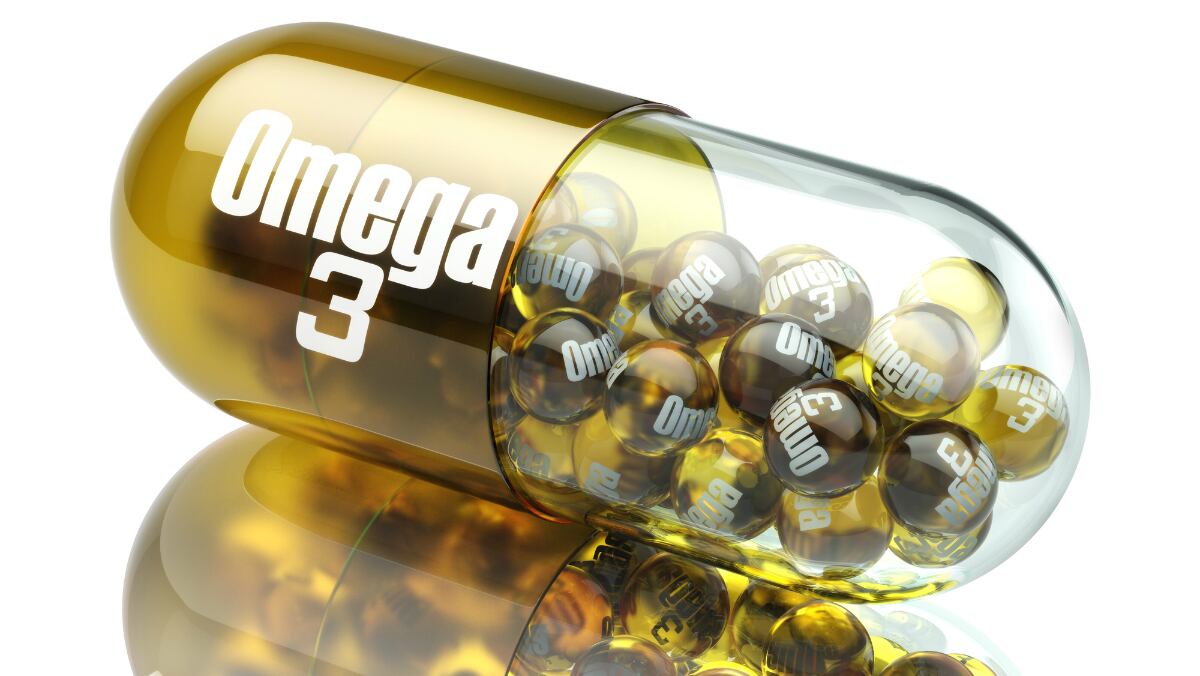Writing in the Science of Food, the team explains how a Vortex Fluidic Device (VFD) increases the quality of the polyunsaturated fatty acids (PUFAs) contained within fish oil as well as simplify the encapsulation process.
Demonstrating the technique in apple juice, the paper states that, “VFD encapsulation minimised the oxidation of the encapsulated fish oil, from 38.3% to 7.3%.
“The encapsulated particles are a storage compartment for omega-3 fatty acid in water-based food products, achieved without changing sensory values.
“The encapsulation capacity of curcumin and quercetin was 67.9% and 51.2%, respectively, and the findings provide a model for producing homogenous suspensions of water-insoluble bioactive compounds in general,” the team writes.
“This study not only presents a new alternative approach as an affordable one process but also for directly scaling up any fish oil process, for a variety of applications in food processing.”
PUFA oxidation
Despite PUFA’s health benefits, consumers have long been turned off by these fats, especially those derived from fish due to its strong odour and the ease at which they can be oxidised and rendered less potent.
Encapsulating these omega-3 PUFAs can protect these fats from oxidation, but their large size limits their use as nutritional supplements.
To address this, the fish oil can be encapsulated in nanoparticles. However, the process is relatively complex and expensive.
The team from Flinders University, Guangzhou University and the University of Cincinnati, describe the VFD as a “continuous flow thin film microfluidic platform that harnesses high shear forces, intense micro mixing, and high mass transfer to overcome the mixing and heat transfer limitations akin to traditional batch processing.”
Having previously established the device’s effectiveness for encapsulating low fish oil concentrations, the latest study details a low-cost, single pass VFD process for encapsulating high concentration fish oil.
To demonstrate this, apple juice was selected as an example for formulation upgrade, where the team added it to freeze-dried encapsulated fish oil processed by VFD.
Here the researchers highlight the VFD processing as one step, with the thin film microfluidic platform considered relatively easy to operate, thereby establishing potential for the fish oil encapsulation in other applications.
The team’s results indicated an equal preference of the original apple juice and apple juice with encapsulated fish oil processed by the VFD, over the apple juice with free fish oil.
Curcumin and quercetin
Further experiments using the VFD also tested its ability to simultaneously encapsulate the sparingly water-soluble bioactive polyphenols, curcumin and quercetin.
“This study not only presents a new alternative approach as an affordable one process but also for directly scaling up any fish oil process, for a variety of applications in food processing,” the team concludes.
“We have also captured, for the first time, real-time structural changes in nanoencapsulation by installing a VFD with in in situ small angle neutron scattering. Real-time measurements afford valuable insights about self-assembly in solution.”
Source: npj Science of Food
Published online: doi.org/10.1038/s41538-020-00072-1
“Vortex fluidic mediated encapsulation of functional fish oil featuring in situ probed small angle neutron scattering.”
Authors: Shan He et al.




